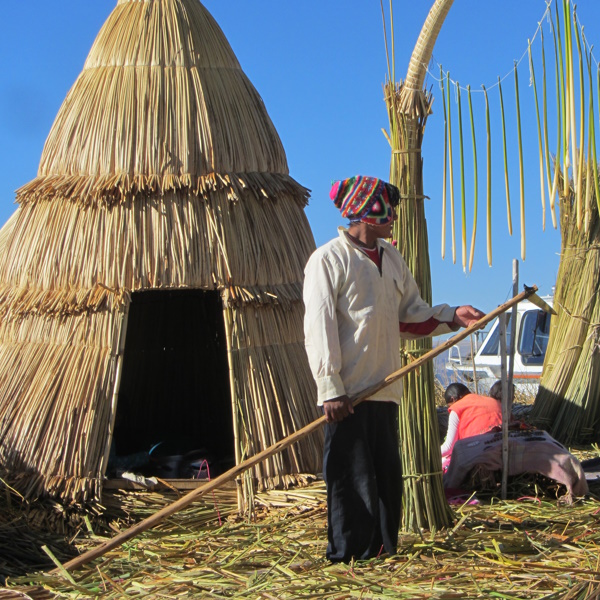Abstract
The twenty-first century has seen a rise in the number of protests in Kenya’s capital city, Nairobi. These protests are being used to assert the practice of democratic freedoms in face of increasingly repressive controls. This article probes the extent to which contemporary protests use, or are animated through, art and activism (artivism). It does so by drawing on 20 months of research in Nairobi (doctoral fieldwork from July 2016 to March 2018), which involved observation and participation in street protests and demonstrations; interviews with twelve artists and activists associated with the social justice organisation PAWA 254, and those responsible for organising street demonstrations; informal interviews with foot soldiers who attend protests and demonstrations; and national/international newsprint, radio and television media. The article argues that artivism’s use in protest can be employed to ridicule and mock those in power, it can provide means to mobilise people in novel and often powerful ways, and it has the potential to infuse protest with traits of carnival. But the article also underscores artivism’s limitations, such as it potential to divide, antagonise and derail protesters’ desired narrative. Given the increasing use of artistic expression by civil society organisations in political protests in Kenya, and indeed across the globe, this article contributes to furthering understandings to artivism’s potential in contributing to social change, creating new terrains for political engagement, and the implication this has on democracy.

